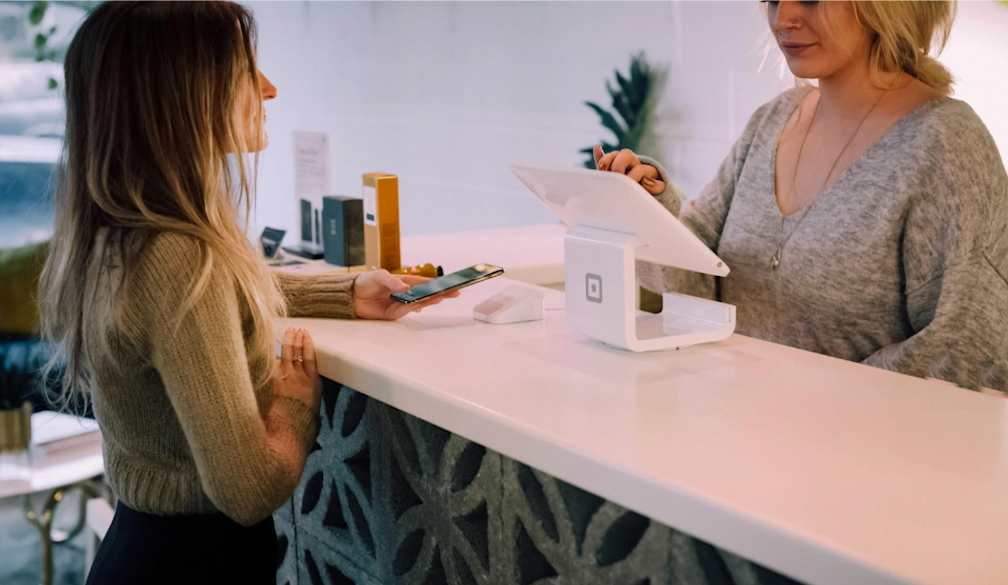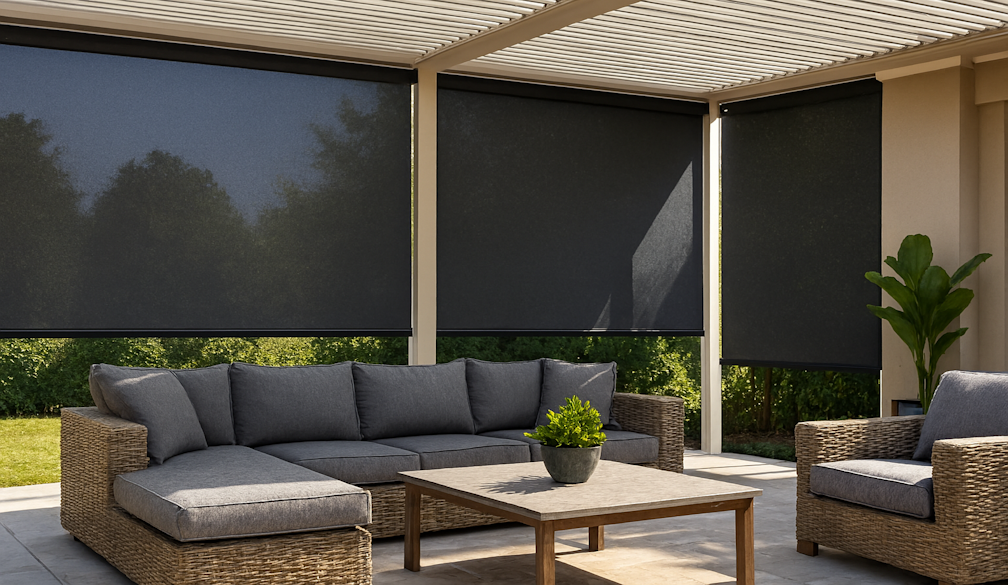Choosing the Right Promotional Products for Your Target Audience

Promotional products are one of the most powerful marketing tools available. When done right, these branded items not only keep your business top of mind but also foster loyalty, engage new customers, and generate long-term awareness. However, the key to success lies in choosing the right products that resonate with your specific target audience.
- Understanding Your Audience
Before selecting any Promotional Product Reviews, it’s essential to have a clear understanding of your target audience. Knowing their demographics, interests, and pain points will help you choose items that they will find useful, appealing, and relevant to their lifestyle or work environment.
Ask yourself the following questions:
Who are your primary customers? Are they students, corporate professionals, or fitness enthusiasts?
What are their age groups? Younger audiences might prefer trendy tech gadgets, while an older demographic might appreciate more practical items.
What problems or needs do they have that your product or service solves?
For example, if your brand caters to eco-conscious consumers, sustainable and reusable products like bamboo pens or reusable coffee cups would resonate well with this group.
- Aligning Promotional Products with Your Brand Message
Once you’ve understood your target audience, the next step is to align your promotional products with your brand’s identity and messaging. The right product should serve as an extension of your brand’s values, culture, and industry.
If you run a tech company, promotional items like USB drives, branded wireless chargers, or Bluetooth speakers make sense and directly connect with your brand’s offerings. Similarly, a fitness brand might opt for water bottles, sweatbands, or gym bags as giveaways to reinforce its identity and appeal to fitness enthusiasts.
Consider the following when selecting products:
Brand Relevance: Does the item relate to your core business or services?
Brand Values: Does the product support your values (e.g., sustainability, innovation)?
Usability: Will your audience actually use this product in their daily lives?
- Focusing on Functionality and Value
One of the most important factors in choosing promotional products is their functionality. Your audience is far more likely to keep and use practical, high-quality items, which results in repeated exposure to your brand. The longer a product stays with the recipient, the better your return on investment (ROI).
For example, functional items such as pens, notebooks, tote bags, or drink bottles are commonly used and appreciated by a wide range of people. These products are not only useful but also offer substantial branding opportunities. The key is to balance functionality with perceived value. A cheap, poorly made item may reflect negatively on your brand, so investing in quality will help boost your reputation.
Tips for selecting functional products:
Opt for items that your audience will use daily, such as office supplies, tech accessories, or eco-friendly reusable products.
Ensure the product is durable and well-made, reflecting the quality of your brand.
Consider giving higher-end items to key clients or prospects, such as premium journals, stylish apparel, or custom drinkware.
- Personalisation Matters
In today’s crowded marketplace, adding a personal touch can make your promotional products stand out. Customization can create a deeper connection with your audience, as it shows that you’ve taken the time to cater to their individual preferences.
Consider offering promotional products that can be personalised, whether it’s through custom names, colors, or design elements. For instance, branded water bottles with your logo and your customers’ names can create a stronger emotional bond. Personalisation not only increases the perceived value of the item but also makes it more likely that the recipient will keep and use it regularly.
- Considering Trends and Timeliness
Staying up to date with current trends can make your promotional products even more appealing to your audience. By offering trendy items, you position your brand as modern and forward-thinking, while also providing your audience with products they are excited to use.
For example, eco-friendly products have been trending in recent years due to growing environmental consciousness. Reusable items such as metal straws, bamboo utensils, or recycled tote bags are a hit with environmentally conscious audiences. Similarly, with the rise of remote work, tech gadgets like branded webcams, wireless charging pads, or noise-cancelling headphones are highly relevant and useful to professionals working from home.
Timeliness also matters. Seasonal or event-specific products can boost engagement. For example, branded sunscreen or beach towels during summer, or scarves and beanies during winter, are not only practical but also have an immediate appeal.
- Don’t Forget the Budget
While you want to select high-quality, functional products, you also need to stay within your budget. The good news is that promotional products are versatile, and there are excellent options available for every budget, whether you’re a small business or a larger enterprise.
When planning your promotional campaign, divide your budget based on the type of audience you are targeting. For larger events or trade shows, where you may need a higher volume of products, lower-cost but practical items such as pens or tote bags are ideal. On the other hand, for key clients or prospects, it’s worth investing in more premium items like branded apparel, tech gadgets, or executive desk accessories.
Remember, the value of a promotional product lies in its ability to generate lasting impressions. Don’t sacrifice quality for quantity—focus on products that are both affordable and impactful.
Conclusion
Choosing the right promotional products for your target audience is a thoughtful process that can significantly impact your brand’s success. By understanding your audience’s needs, aligning the products with your brand, focusing on functionality, and adding personalisation, you can create a promotional campaign that not only captures attention but also drives long-term loyalty and brand awareness.
With careful selection and a strategic approach, promotional products can deliver excellent value and become a key component in your marketing toolkit, allowing you to reach new customers and strengthen relationships with existing ones. Make the right choice, and your brand will stay top of mind for months—or even years—to come.

























